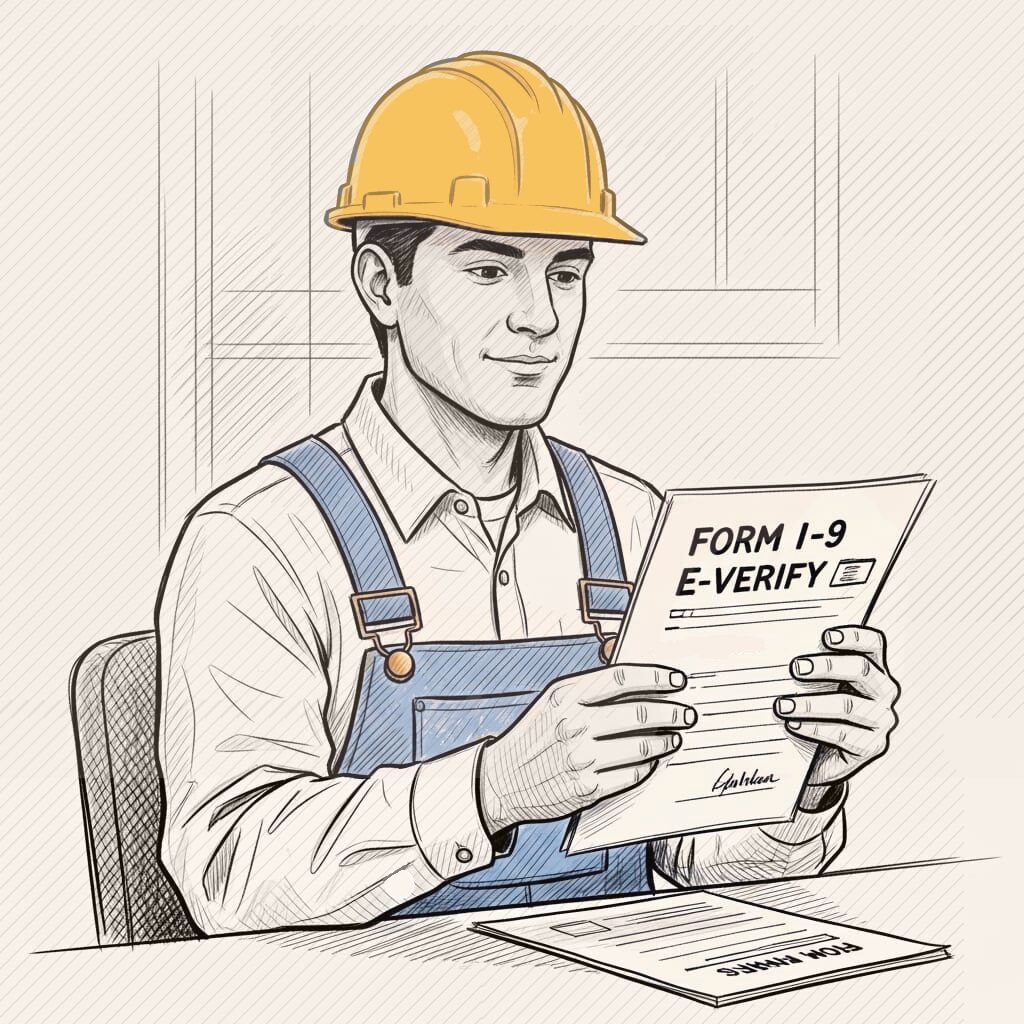How to Handle Partial and Conditional Satisfaction of Construction Liens in Florida Know the Difference. Protect Your Payment. Avoid Costly Mistakes.
- The legal difference between a release and a satisfaction of lien
- How to use partial and conditional releases and satisfactions strategically
- What Florida law says about each
- How to avoid common mistakes that can cost you thousands
What’s the Difference Between a Release and a Satisfaction of Lien?
In Florida, these two terms serve very different legal purposes, even though they’re often confused.
| Term | Purpose | Timing | Legal Effect |
|---|---|---|---|
Release of Lien |
Waives the right to file a lien for work already completed and paid for | Often before a lien is recorded | Prevents future liens for specific labor, services, or materials |
Satisfaction of Lien |
Acknowledges full or partial payment after a lien has been recorded | After lien is filed | Discharges the lien from public records under §713.21 |
A release of lien is used when a contractor or subcontractor receives payment—either in full or in part—and agrees to waive lien rights for the work covered by that payment.
There are two common types:
- Partial Release: Used when payment is made for a portion of the work (e.g., progress payments).
- Final/Full Release: Used when final payment is made, releasing all lien rights on the project.
Conditional vs. Unconditional Releases
Florida does not currently mandate specific conditional lien release forms by statute, but conditional releases are widely used.
- A conditional release states that the lien is waived only if payment clears (e.g., "This release is conditioned upon receipt of good funds").
- An unconditional release immediately waives lien rights, regardless of whether payment is honored.
PRO TIP: Never sign an unconditional release until you have confirmed, cleared payment in hand. If the check bounces, the release may still be enforceable.
What Is a Satisfaction of Lien?
A satisfaction of lien is a document recorded in the public records to cancel or discharge a lien that has already been filed. It tells the world (and title companies) that you’ve been paid—either fully or partially—and that the lien is no longer enforceable.
- Full: The lien has been paid and is discharged entirely.
- Partial: Only part of the lien has been paid and satisfied. The rest remains valid and enforceable.
Are Conditional Satisfactions Legally Recognized?
Florida’s lien statute does not explicitly address conditional satisfactions, but Florida courts have generally enforced them when the condition is clearly stated in the document and relates to the receipt of payment.
A conditional satisfaction should:
- State that it becomes effective only upon actual receipt of funds
- Reference the payment method and amount
- Be recorded only after payment clears, if possible
Conditional satisfactions are less common than conditional releases, but in high-risk transactions, they can serve as a final failsafe for lienors dealing with large sums or uncertain payments.
Best Practices for Lienors and Owners
If You’re a Contractor or Supplier:
- Always use written lien releases during payment draws—preferably conditional until funds clear
- Never record a satisfaction until payment has been received in full or per the agreed settlement
- Use conditional language in both releases and satisfactions when necessary
- Retain all backup documentation, including proof of payment and copies of releases
Frequently Asked Questions
Q: Can I file a satisfaction if I haven’t received payment yet?
Q: Can I condition a recorded satisfaction?
Q: Are lien releases required in Florida?
Q: What if I accidentally file a full satisfaction instead of a partial one?
Final Takeaways
Understanding the difference between a lien release and a lien satisfaction in Florida is crucial for protecting your payment rights and ensuring you don’t give away leverage too soon.
- Use releases (especially conditional ones) during the payment process.
- Record satisfactions only after payment is finalized.
- Document everything, and never rely on oral promises or handshake deals.
Disclaimer:



